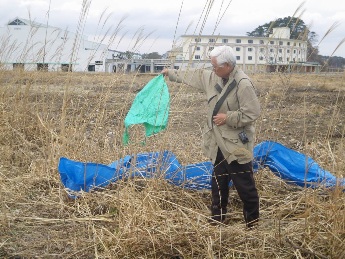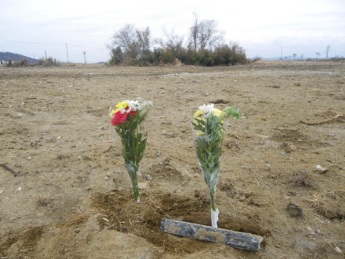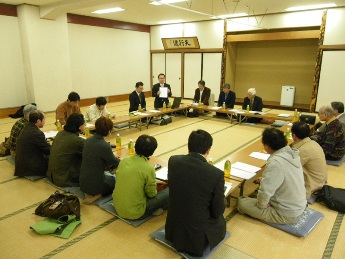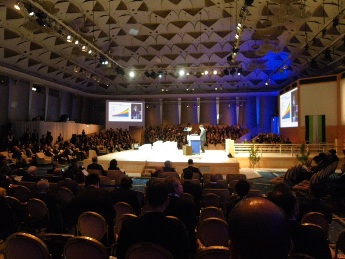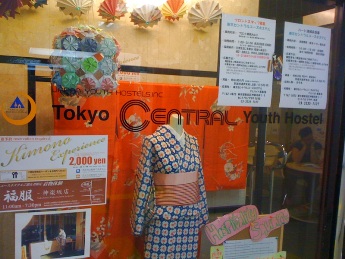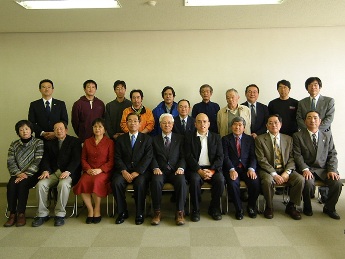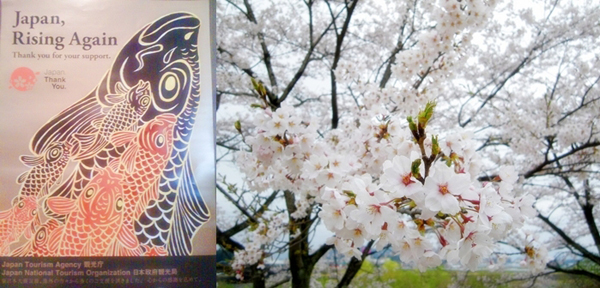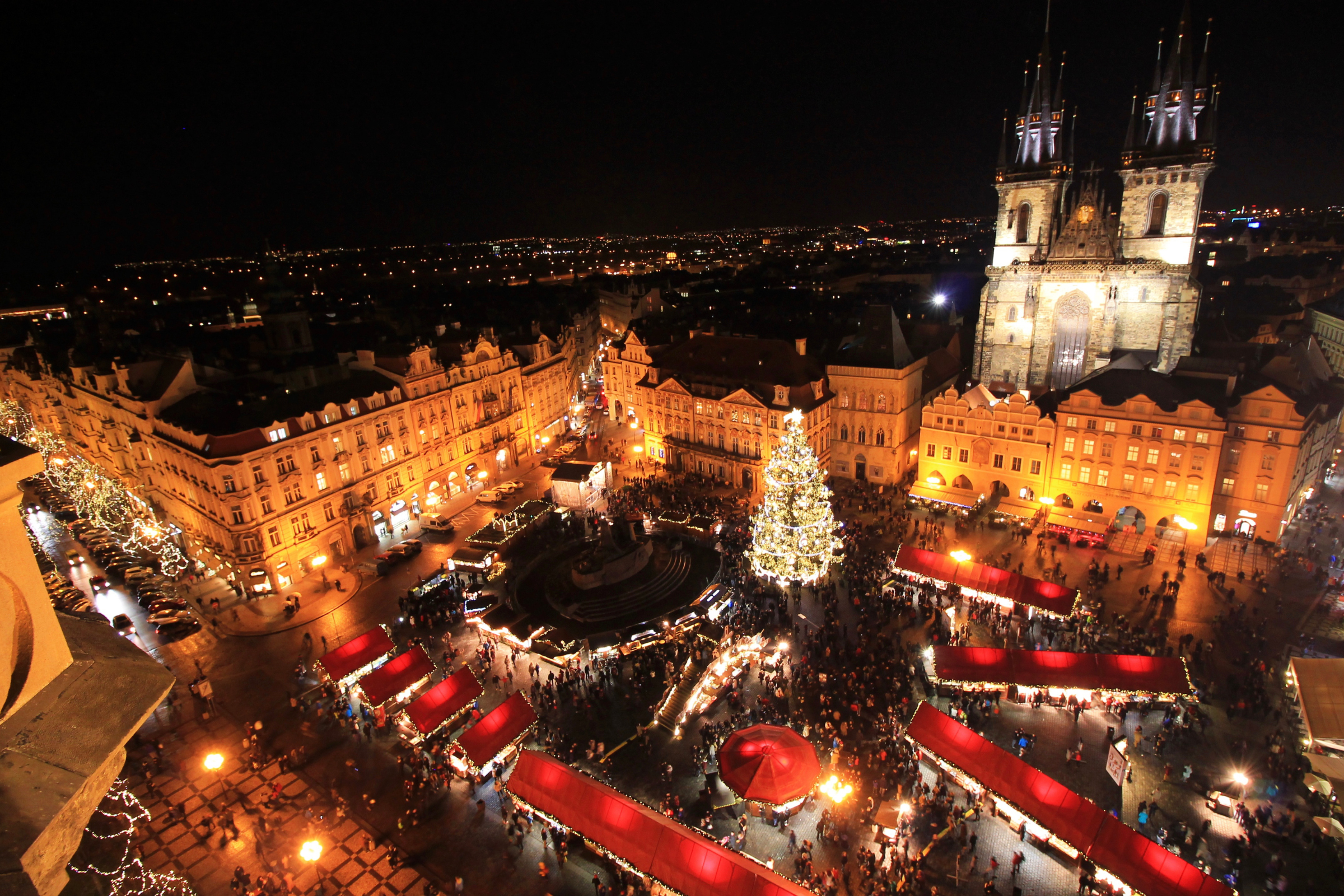Pravee Peter Komolkanchana is one of the two HI Regional Development Co-ordinators, who cover the Asia Pacific region and the Indian Sub-continent. In April 2012 he travelled to Japan where he found out for himself how its ‘North Country’ is recovering one year on from the devastating earthquake and tsunami which hit the areas of Tohoku and Kanto.
I remembered that I was about to go to the Embassy of Japan to apply for a visa on the day when the magnitude 9.0 earthquake and tsunami hit the Tohoku and Kanto areas in Japan, 11th March 2011. My whole day suddenly changed to me contacting Japanese Youth Hostels and all of the people I love in Japan to check if everyone was alright and safe from such tragic devastation.
It took a year before I could finally visit Japan again under the mission of “recovering Japan’s youth hostel network” after the 3.11 disaster. After a 2-day meeting with Japan Youth Hostels (JYH) in Tokyo, Mizuno-san was kind enough to accompany me on a visit to the ruined site of Paila Matsushima, where the life of a Hostel Manager’s wife was taken by the tsunami the year before. Her body was later found 7 km away from the hostel. We both laid flowers on behalf of JYH and Hostelling International before we left the place of mourning.
I later spent 4 days in Sendai and Koriyama, where I attended the Annual Meeting of Fukushima Prefectural Youth Hostel Association, the Tohoku Regional Youth Hostel Group Meeting and the World Travel & Tourism Council (WTTC) Conference, where I was able to gain a greater insight into how help was being given into the recovery of the area.
Among all prefectures in Japan’s Tohoku area ‘Kitaguni’ (North Country), Fukushima Prefecture was one of the worst victims of last year’s disaster due to its location near the ‘Fukushi Dai-Ichi’ nuclear plant that exploded. Access to the area has been prohibited within a 30km distance and the area within 60km is not suitable for growing rice or any edible produce because of the radioactive contamination warnings. One of the HI hostels in Fukushima is also situated in this area, whilst the rest have been perceived as hostels in Chernobyl compound by tourists, despite the fact that they are located more than a hundred kilometres away from the radiation area.
This situation also largely affects the tourism industry in Miyagi, Iwate, Yamagata, Akita, and Aomori Prefectures, since Fukushima is geographically considered a gateway to these North countries. Most tourists, particularly International travellers still refrain from travelling to this area, or simply to use it as a pass-through to Hokkaido, whilst the majority of inbound tourists choose to travel to Tokyo and Kansai areas instead.
Most parts of the Tohoku region are very safe and open for visitors to come to visit and experience the natural beauty and historical treasures of the area. Food and fresh produce in the area is also superb and tasty, particularly for those who love fresh sashimi and seafood.
Since ancient times, Japanese people have believed that success isn’t a result of ‘luck’, but instead by their own physical and spiritual ‘Effort’. There is no direct translation for ‘Good Luck’ in Japanese.
Instead we say Gambare, which means ‘Let’s do your best’.
Gambare Tohoku!!
Gambare Nippon!!
